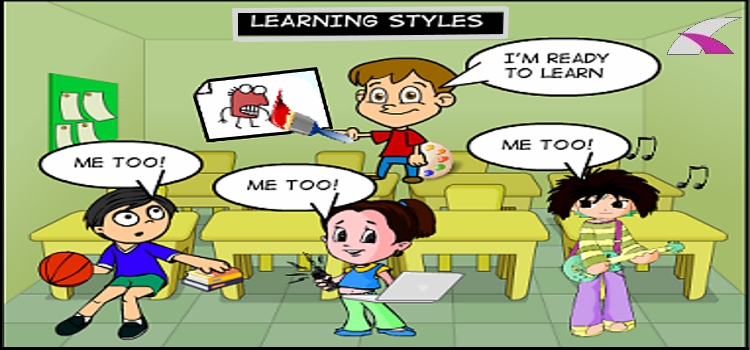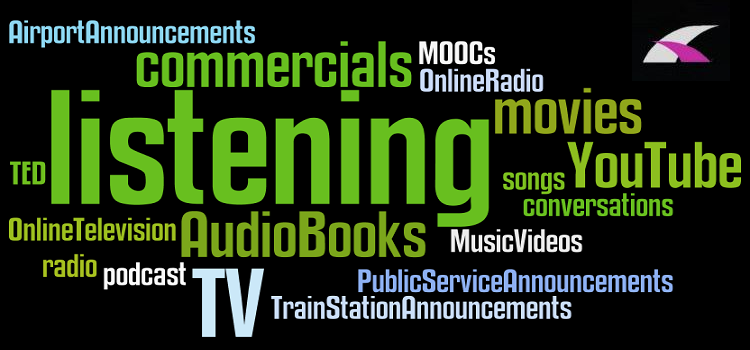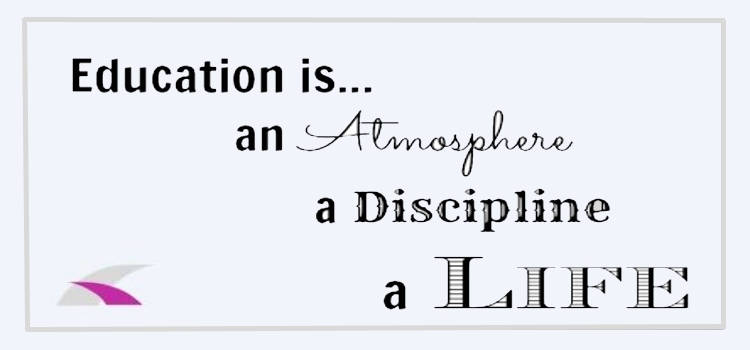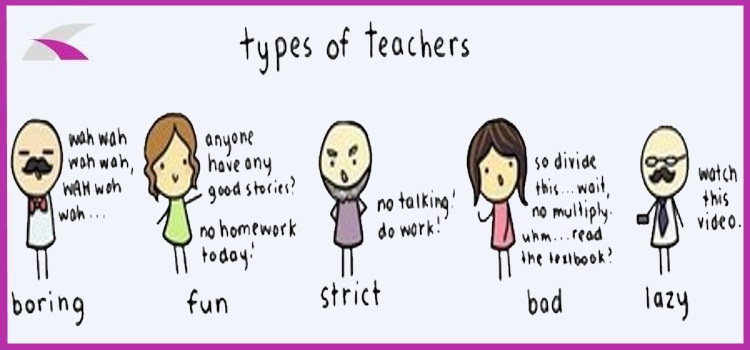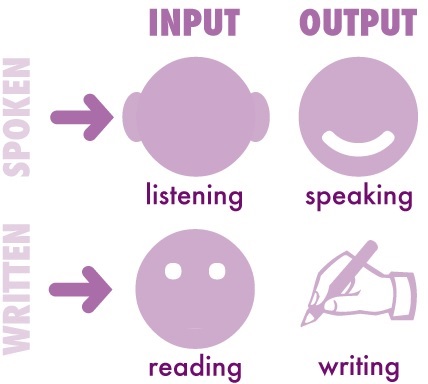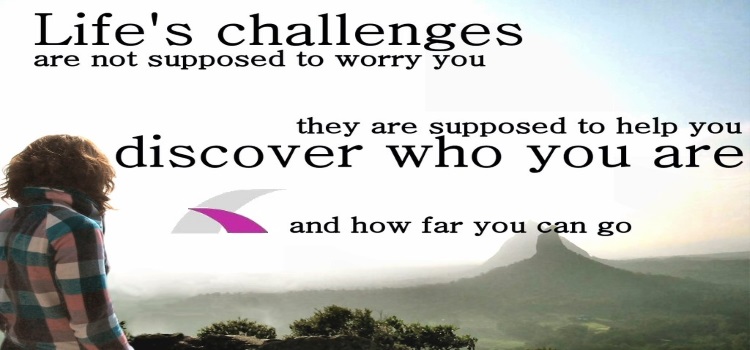The era of “chalk and talk” is over. We as teachers know that we need to incorporate new teaching techniques seeing that nowadays simply presenting information to our students is just not enough. Students have to engross themselves in what they are being taught, they need to discover the worth of what we teach them and it is our job to ignite that interest.
The question of course is: Where do I begin? Well,
Dr Christopher Emdin offers a pretty good place to start.
https://youtu.be/H3ddtbeduoo
What we can take from this video is the following:
• Student engagement is of cardinal importance.
• New teaching techniques have to be incorporated in order to succeed.
• Teachers need to look beyond the classroom to teach effectively.
• Mediums and topics should be used that students identify with and/or use in their everyday life.
Dr Edmin intertwined these 4 components in a
recent discussion. So, today I will give you the skinny of these new teaching techniques as well as consider a couple of other approaches that are noteworthy.
This new teaching technique focuses on the teacher gaining understanding from the students and could include any of the following:
• Co-generative dialogues: Teachers and students discuss together ways to improve the classroom experience.
• Co-teaching: Students learn content and then teach the class on the knowledge they have gained.
• Cosmopolitanism: Students have a say in how the class works and in what is taught.
• Context: The neighborhood/community of the institution is considered part of the learning experience.
• Content: Here teachers recognizes the challenges of the content knowledge of the subject matter and for this reason build their content expertise with students.
https://youtu.be/SS85liJHVeo?list=PLTP7oKl8qFmllqDp5JZ1TKL2tA-1gDNR-
Inquiry-based learning concentrates on using the real-life experiences of the learner to create knowledge and considers how students relates to the environment where they are taught. Students construct their own understanding which makes learning more dynamic.
The role of the teacher to prompt the students to find an answers to questions they created themselves. In this process the teacher may not give straight answers, but rather offer guidance through more questions that spark interest in the students to explore further.
https://www.youtube.com/watch?v=u84ZsS6niPc
Engagement is a new teaching technique where students learn the target language in the actual context. Examples include taking students to visit a local business or supermarket. This means students can see what they are learning actually applies in the real world.
This new teaching technique focuses mainly on having students explore of real-world situations and challenges. Through these explorations, they not only develop their content knowledge, but also offer solutions to the issues they have to face. As we can see the objective is to find a creative way to engage students in a non-traditional way while setting it in a relevant context.
https://youtu.be/LMCZvGesRz8
Students contribute freely and openly to creating a conducive learning environment. Check out this
post where we explore collaboration and the new teaching techniques it encapsulates.
The flipped classroom approach is a form of blended learning where students learn content not in class (e.g. at home or when commuting) by watching video lectures online and doing “homework” (tasks) in class with the teachers and other students through discussions. As a result the student-teacher interaction is more personal and organic in its development.
https://youtu.be/4a7NbUIr_iQ
• Jesse Schnell talk about the value of
videogames in the classroom.
•
HipHopEd is a new teaching technique proposed by Dr Emdin on using hip-hop culture and its elements in teaching. This ranges from using/writing rap lyrics to enrich class to the use of hip-hop elements (b-boying/b-girling, graffiti, deejaying etc.) to describe content.
Note that today´s post is not some pie in the sky discussion about sprinkling some new
teaching techniques in the classroom like fairy dust.
The idea is to bring home that we as teachers have to think of ways to engage our students with the subject matter both inside the classroom and after-hours. Within the classroom that means students are just as part of the learning/teaching process as the teacher. This requires commitment and accountability from both teacher and student.
Moreover, these new teaching techniques also advocate a move away from the borders of your class by entering other social spheres and incorporating our students´ experiences and interests.
Reflect on that “magic” Dr Christopher Emdin referred to in the first video and consider how you could harness the best of the new teaching techniques in an ESL environment.
“Education is not the filling of a pail, but the lighting of a fire.”
-William Butler Yeats-


